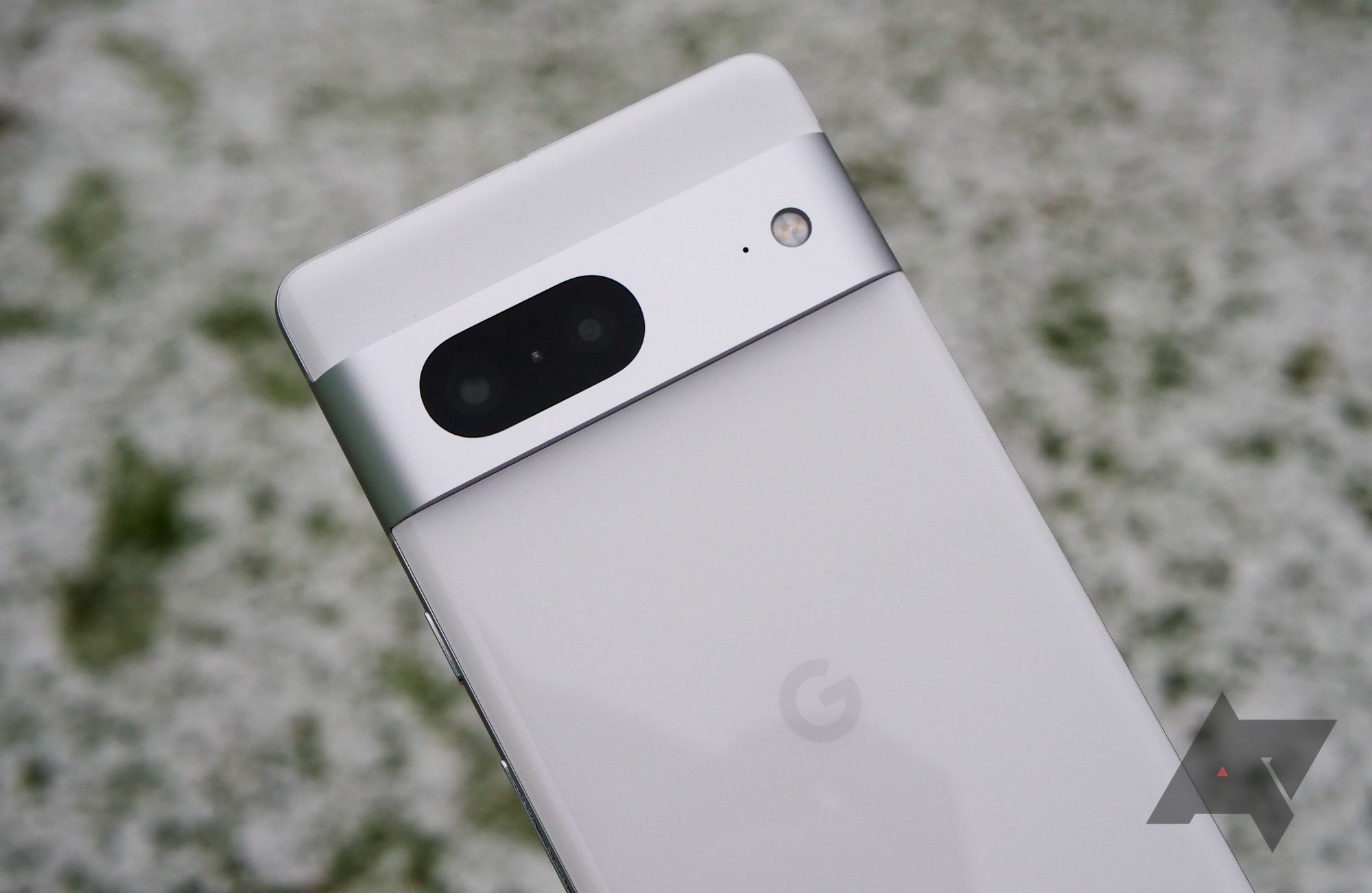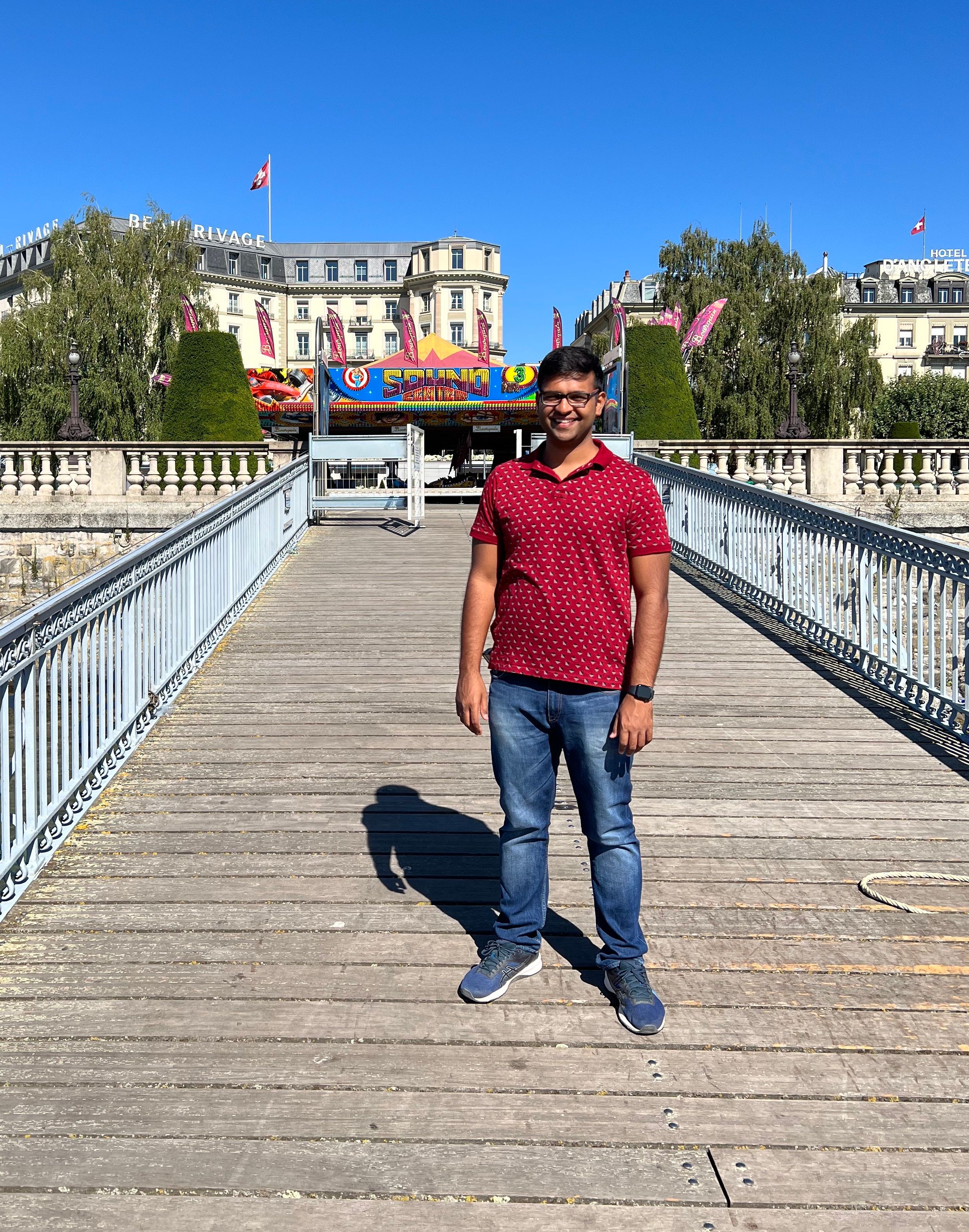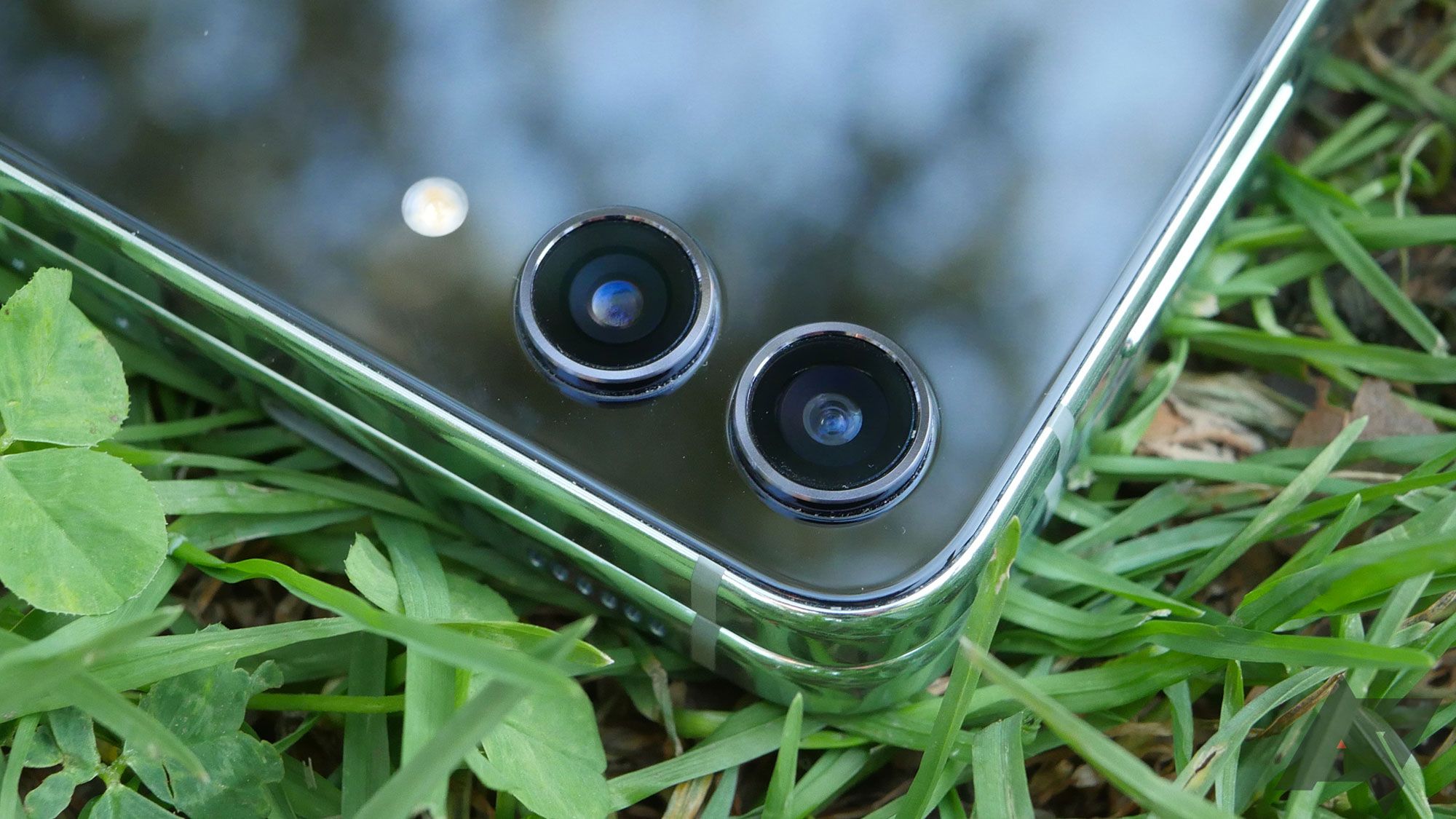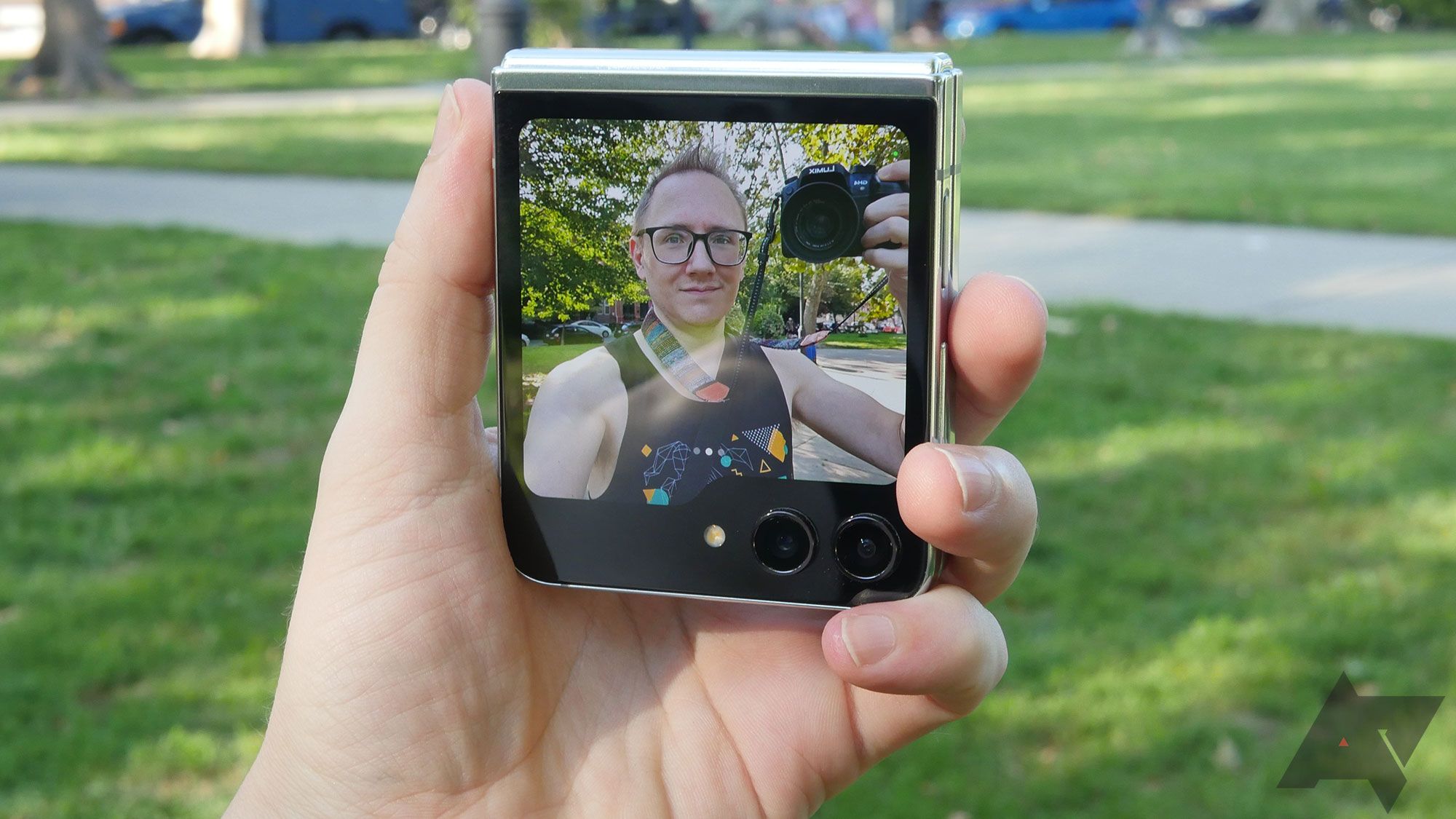When smartphones were first released, cameras were a bit of an afterthought. Nowadays, all phones, including our favorite budget phones, have capable and feature-packed cameras. It's rare to see anyone other than avid photographers with a separate camera from their smartphone. Even though everyone has a camera at their fingertips, not everyone knows how to make the most of it. This article discusses tips and tricks to help take your smartphone photography skills to the next level.
Lighting is key
When taking a photo using your smartphone, knowing where the light source is relative to your subject is vital. Since smartphone cameras must fit onto the back of a phone, they can only take a limited amount of light due to their size. Too much light can overwhelm the sensor or throw off the exposure, especially if it's a challenging scene.
You should ensure the light faces your subject to take the best photos. When taking pictures indoors, ensure the subject stands facing the light source. The light should never come from behind. That leads to your subject being underexposed and looking like they're shadowed.
Look at the picture below. It was shot in broad daylight, but the phone's camera can't balance the exposure properly with the sun behind the subject. This leads to the subject being heavily underexposed and a bad photo results.
Standing with the sun behind the subject. The colors of the t-shirt and facial features are washed out.
In the next shot, the subject is facing the sun. The subject is lit up instead of shadowed, and you can see more detail. This isn't always possible, particularly when trying to capture a landscape like in the background of the picture below. In such cases, you can manually tone down the exposure level by a couple of notches before taking the photo.
Facing the sun. The colors and detail are a lot better.
As we saw from the photos above, ensuring the subject is in the correct position in front of the light source is of the utmost importance. Also, use as much natural light as possible since it leads to the best-looking photos. When taking photos indoors, if you are in a low-light situation, turn on a few lights to complement the limited natural light.
Also, make sure to keep your hands steady. Besides reducing your chance of taking a blurry photo, smartphones compensate for limited light by opening the shutter for longer. If your subject or phone moves, it could introduce motion blur, especially on Samsung phones.
Keep your phone's camera lens clean
As it moves in and out of your pocket, your phone's camera lenses get dirty and smudged over time. Dirty camera lenses can lead to unwanted flares, glare, and focus issues.
The fastest way to improve your phone's photo quality is by cleaning the camera glass before capturing an image. You don't need anything special here. All you need to do is wipe the lenses using a clean cloth. Ideally, using a microfiber cloth is best, but your t-shirt works in a pinch. All you do is quickly wipe to remove anything on the lenses. Avoid using jeans or a dirty cloth for cleaning, as you could scratch the lens, which does more harm than good.
The image quality improvement with a clean lens might not be noticeable when taking photos in daylight, but it's immediately evident in low light and other challenging conditions.
Zoom into your subject
Up until a few years ago, smartphones lacked cameras with optical zoom. The only option was digital zoom, which often introduced noise and affected the overall image quality.
That's no longer an issue since most flagship smartphones now feature one or more dedicated lenses with optical zoom. For example, the Samsung Galaxy S23 Ultra has two telephoto sensors with 3x and 10x optical zoom. This means you can zoom into a subject at two focal lengths without using digital zoom.
Even for phones with a single telephoto lens, having a lens that is more zoomed in than the standard lens is beneficial. Another benefit of the telephoto sensor is that it lets you take photos with a tighter frame, thereby putting the focus entirely on the subject.
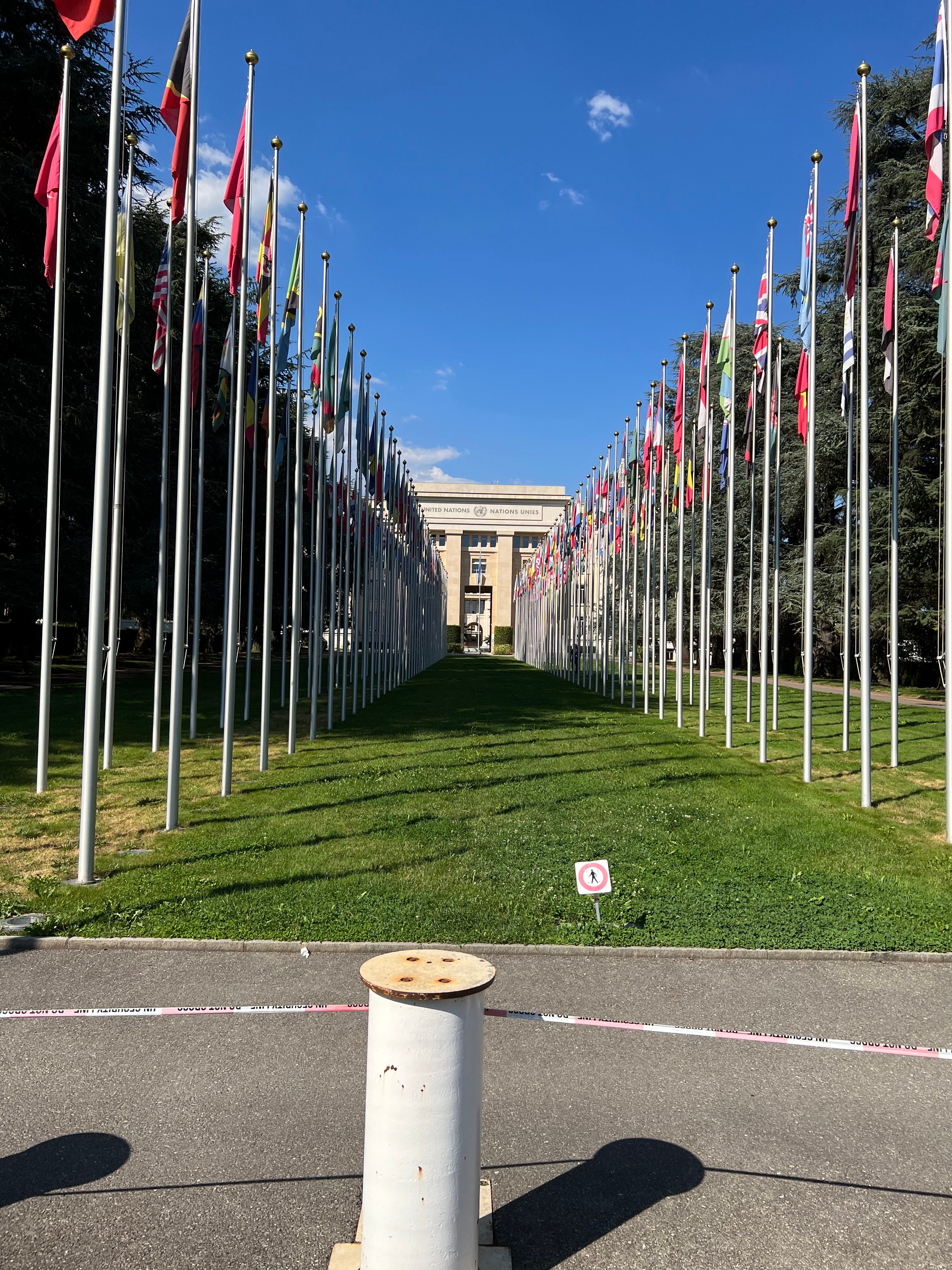
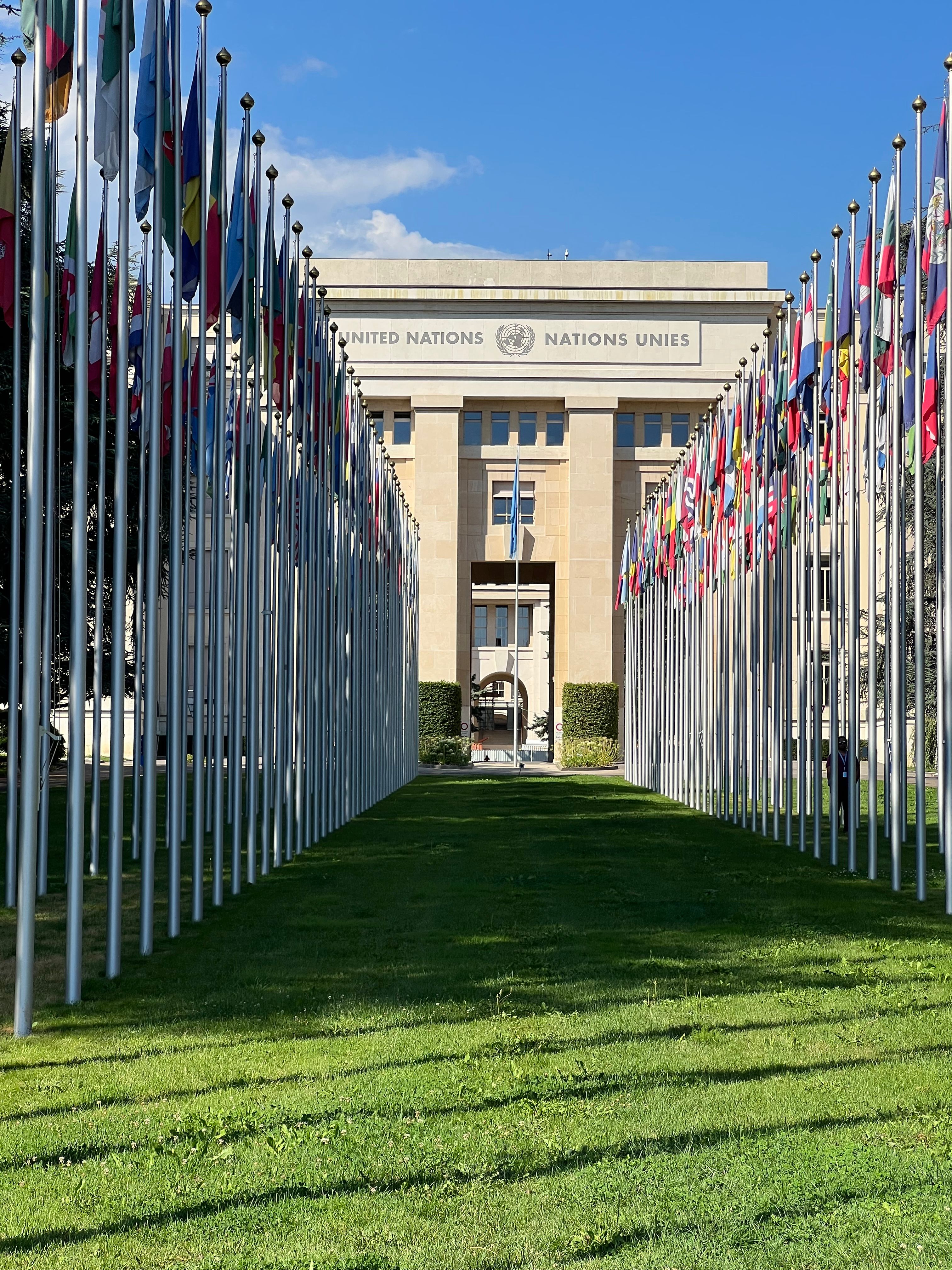
Left: Image taken with the primary camera. Right: The same scene stands out more when captured using the telephoto sensor.
Avoid using the telephoto sensor in low light, as it can't absorb as much light as a typical primary lens. In such situations, take the photo using the primary camera and crop it as necessary.
Even if your phone doesn't have an optical zoom sensor, you can zoom in 2x to 3x without a noticeable change in image quality. This is because modern smartphones use bigger and higher resolution camera sensors that capture more details. Many of them use a digital crop, which takes a smaller subset of the pixels in the sensor to imitate a telephoto lens. This works fairly well and can reasonably make up for the lack of a telephoto lens on your phone.
Edit photos to make them pop
Photo editing capabilities on smartphones have come a long way. They have become powerful thanks to artificial intelligence and machine learning. You can tweak the colors, contrast, highlights, and more in any of the best photo editing apps. You don't always need to tweak each of these aspects. Many of these apps include a one-touch enhancer that uses software tricks to analyze and improve different aspects of your photo automatically.
In the samples below, you can see how the colors on the original photo were a bit muted. A quick edit later, the photos pop a lot more and look more pleasing to the eye.


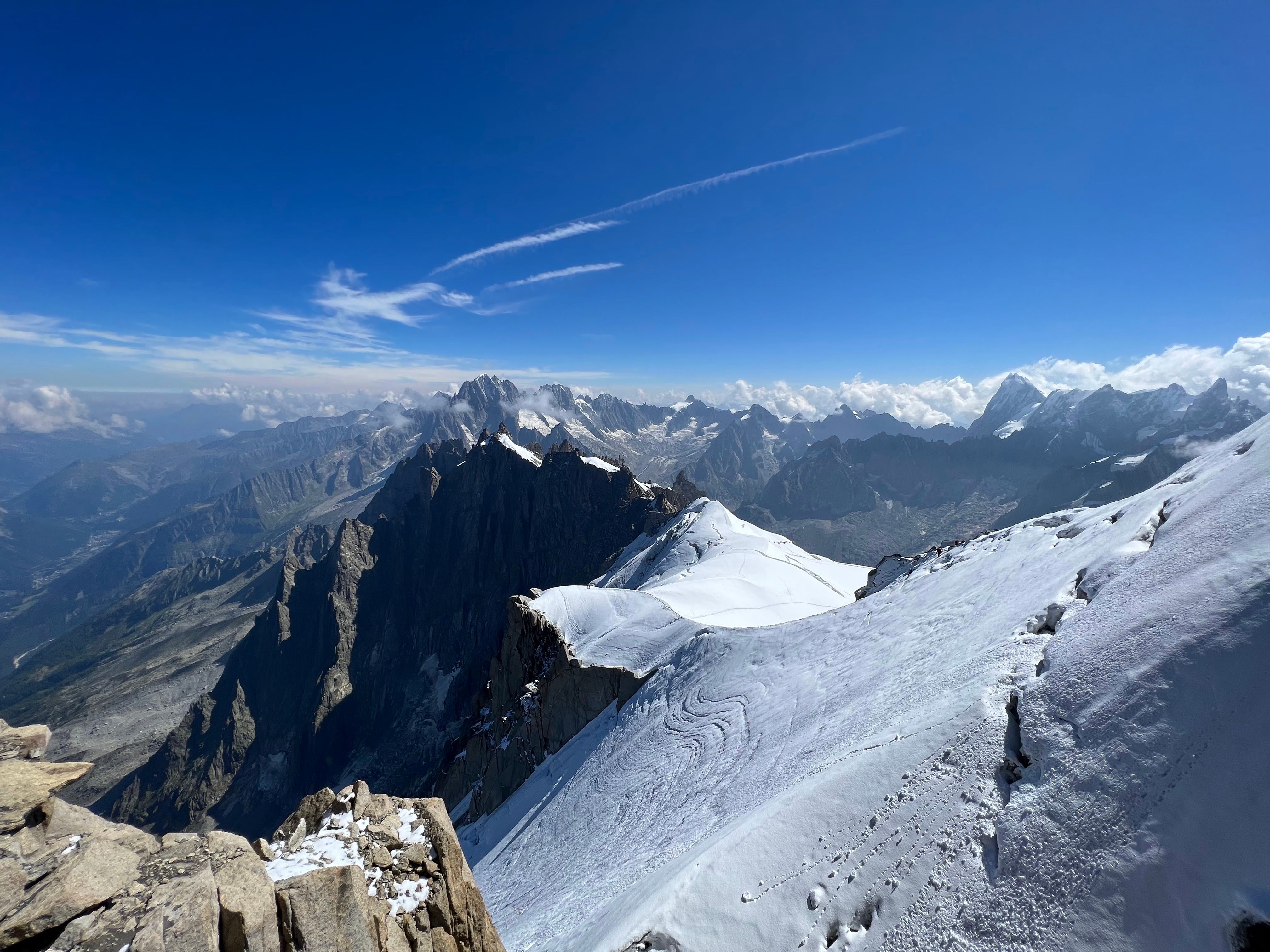
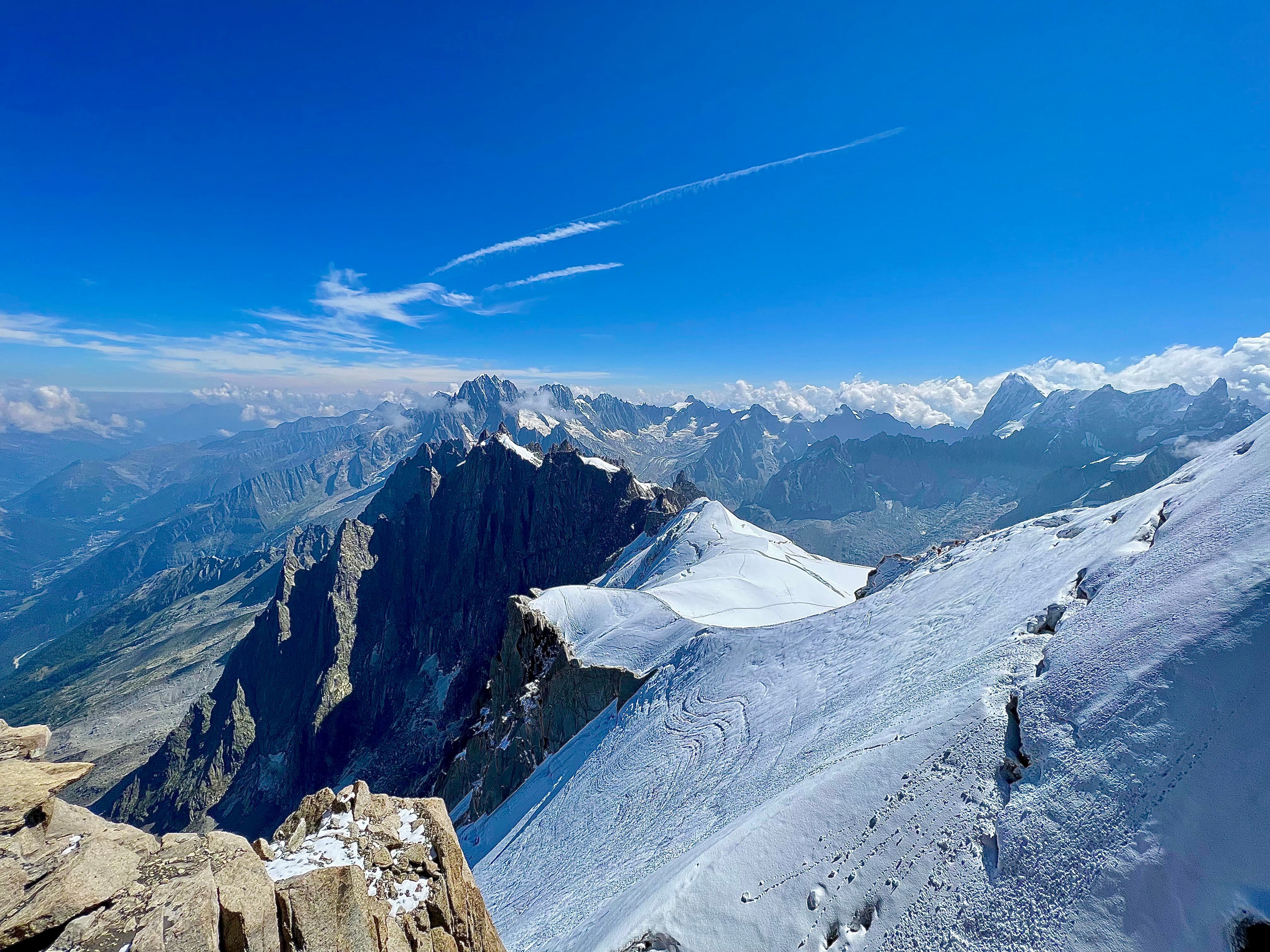
That's not all. You can remove unwanted objects from your photos with features such as Google's Magic Eraser or any number of Magic Eraser alternatives. You can unblur photos, crop them, mark them up, and more. Use these features to enhance your photo and make it pop.
Hold your phone steady
Having a steady hand when taking a photo is important. It helps make sure your photos are not blurry. It's also important when taking photos in low light. Whether you're taking a normal photo at night or using some sort of night mode included on your device, keeping your phone steady helps these features work properly. Holding your phone steady allows the camera to open its shutter for longer and take in more light and detail.
This isn't always possible. In some cases, you'll need to be innovative and prop your phone against a soda bottle or a rock. You can also use a tripod to keep your phone as steady as possible. This makes your difficult photos much better.
Get innovative with your lenses and angles
Modern smartphones come with multiple lenses: wide-angle, ultrawide, macro, and telephoto sensors. Don't always capture a scene using the default primary camera. Get innovative with the camera lenses and angles. Ultrawide cameras can fit in more of a scene and can be used to take some breathtaking, dramatic photos. Macro lenses can capture an incredible amount of detail of close-up subjects such as leaves. Telephoto sensors can be used to take zoomed-in photos of your subject or to see far-away objects.


Left: Image taken using the primary camera. Right: The same scene was taken using the ultrawide camera.
Similarly, not every photo needs to be taken with the subject perfectly centered in the photo. Flip your phone or bend down to create new angles while taking a picture. The final results could be more interesting and dramatic.
Take great photos with your smartphone
Who needs a dedicated camera when you have a great smartphone in your pocket? Using the above tips and tricks, you can take stellar photos with your smartphone camera, no matter where you are. Now that you've taken some great photos, you need a place to store them, and Google Photos is one of the best.

